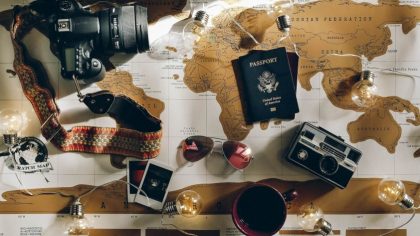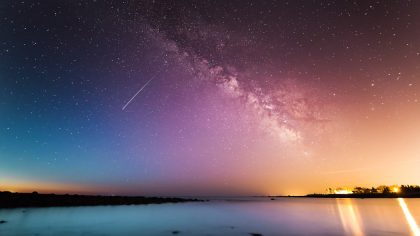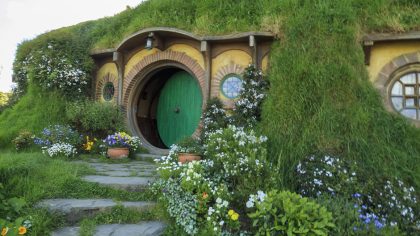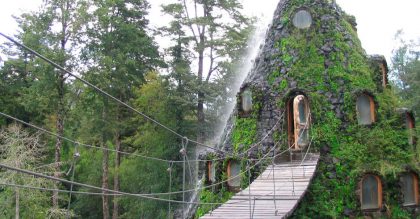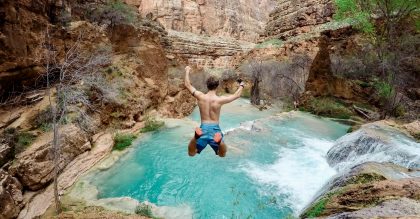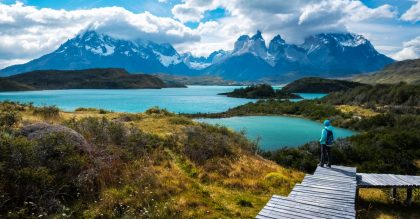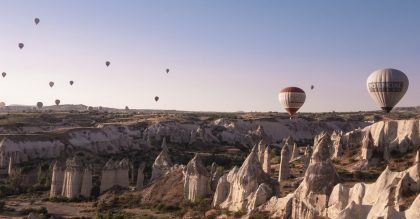Discover our round-up of the top luxury travel accessories that are practical and useful. From tech gadgets to basic daily comforts.
Travel Inspiration
10 Travel Experiences That Will Transform Your Life
Discover our cream of the crop travel picks, including Mount Kilimanjaro, the Aurora Borealis, Raja Ampat, and many more.
Too Good To Be True: Fictional Places You Can Visit In Real Life
Want to escape to your favourite film or book? From Hogwarts to Hobbiton, here are 30 fictional places you can visit in real life!
Weird and Wonderful Hotels – 9 Unusual Places to Stay Around the World
We don’t think a hotel should be reserved exclusively for sleeping. Havea peak at some of the wackest hotels you can stay at around the world.
How To Make A Bucket List – 7 Steps to Live Your Life to the Fullest
Keeping a record of your goals and dreams can inspire you and help you to stay focused. Get all the tips and advice you need for making a bucket list.
12 Most EPIC Bucket List Adventures For Wanderlust Seekers in 2020
If you want more than humdrum travel experiences, the best bucket list adventures may be for you. Find out where you should head for your vacations.
The Ultimate Travel Bucket List – 12 Best Destinations in the World to Visit
The ultimate travel bucket list includes places of natural beauty and historical interest, as well as great experiences. Find out where you should go.
10 Most Beautiful Places In The World You Need To Visit
The 10 most beautiful places in the world offer a unique experience to visitors. Find out which destinations you should add to your travel bucket list.
Your Summer Bucket List – Incredible Things to Do in Summer
A summer bucket list can help you make the most of the season of sunshine. Use our suggested activities and experiences to create the ultimate list.
Wanderlust Journal: Best Beaches for Summer
Nothing says summer like a trip to the beach. But with so many options, where should you choose? Here are our top picks for the best beaches in 2020.
What Exactly Is a Bucket List And What Should Be On Yours?
Why is a bucket list called a bucket list? And why should you have one? Here’s everything you need to know about this popular and meaningful list.
250 Bucket List Ideas: Incredible Things To Do Before You Die
Wondering what to put on your bucket list? We’ve made a list of some seriously epic things to do, see and experience in your lifetime.
